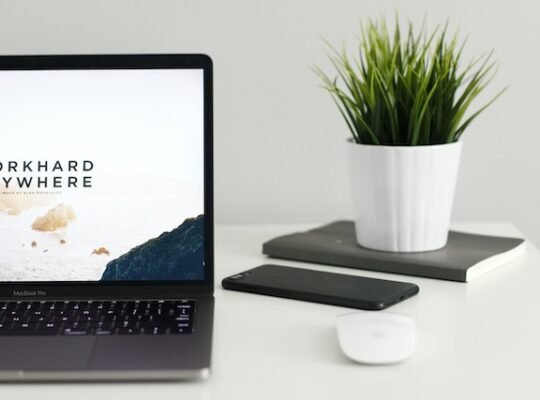Art in The Office Space: From Idea to Implementation
If the objects are unique pieces of painting, sculpture or decorative art and are a part of a company’s management collection, they can be exhibited in the offices of top management, VIP-negotiations and representative offices, less often in reception areas. Let’s talk about 6 reasons why art is good for business!
1. Self-Expression
2. art is good for your well-being
3. art is universal
4. art provides access to personal benefits
5. Art tells stories
6. Art is good business
It is important to note a new trend in office design. Moving away from a closed system of layout in favor of flexible and varied zoning requires more diverse solutions. The signs of a quality and comfortable office today are not only finishing materials, ergonomic furniture, and functional equipment. Customers are increasingly responding to more original design solutions. And this is primarily because the ideas about effective business models are changing, and the motivational component of employees’ work is changing.
Styles
The size, color and shape of the object of art are chosen in each specific case, and should not contradict the basic design concept. If the office is small, and there is no panoramic glazing with spectacular views outside the window, it is better for employees to take short breaks, looking at a masterfully painted marina or photos of natural landscapes. It is necessary to take care about high-quality lighting of art objects: make additional lighting, and also have in mind alternative sources of lighting for cases when you do not want art to dominate the space in the evenings.
A Couple of Examples
For example, a compact loft-style office has five employees and a manager. It is clear that the people here are a close-knit team of like-minded people. When working on a project, it is important to consider the interests of all and to implement a solution that does not contradict their tastes. However, the greater the number of employees in the company, the more difficult it is to please everyone: the perception of art is individual.
If we are talking about minimalism, about an office where a generation of thirty-year-olds works, a good solution would be the selection of original objects in the style of pop art, op art. Techniques can be different: and painting, and graphics, and photography will be appropriate here. Often, to create objects of art for a particular interior, we involve artists, rather than looking for ready-made works of art in galleries.
One of the most fertile in terms of the choice of art styles interior background is the loft. In the loft, as a rule, look great almost any piece of art: in a single space can be placed and antiques and modern art works. Moreover, this style of interior like no other welcomes a large format.
Creative scenarios for modern office spaces are expanding: business centers and offices are becoming more than just workspaces, striving to identify themselves as spaces for modern human life. In addition to solving professional tasks, the user satisfies socialization needs here, engages in cultural initiatives, and can go in for sports. Thus, business centers and offices are increasingly becoming life-style spaces, hence the desire to integrate elements of art into the design – both the literal placement of art objects in the interior, and various quotations, interpretations of art in decoration.

Other Important Points
At the same time, companies are aware of the need to create more inspiring offices in an effort to increase staff loyalty and productivity. The positive impact of art in office interiors on employee productivity has been proven. According to the International Association for Professional Art Advisors, a survey of 800 employees from 32 companies in the U.S., the art in the office interior helps reduce stress (this was noted by 78 percent of respondents), increases creativity (64 percent), encourages exchange of views and communication (77 percent).
Thus, business spaces require the pursuit of a variety of design ideas. Unconventional trim schemes referencing various techniques of art and craftsmanship are involved, and three-dimensional and massive art objects are often integrated into the space. Such monumental objects and installations, placed along the walls and under the ceiling, of course, require additional calculations of the load on the ceiling.
Chandeliers Created According to Architects’ Designs, Designer Furniture, And Reception Desks Which Look Like Art Objects Sometimes Become Art Objects
The so-called supergraphics, which decorates design and architecture objects, emphasizing the features of planes and volumes, have become very popular in offices. For such work, more often than not, artists are invited to paint images on the wall. An alternative solution is to stick a special film with a picture on the surface. An uncommon example is the transfer of photographic subjects onto the reverse side of glass partitions with the help of matting or film techniques. As a rule, these products require additional illumination with a diode strip in the recesses around the perimeter of the glass.
Bottom Line

An art object in offices can be a pre-existing structural element of the building. For example, a historic wrought iron staircase in a loft space, which is carefully restored and covered with new protective compositions. Very often it is not just a functional detail of the interior, but an artifact that collects the entire interior, becoming its starting point and the semantic center.






